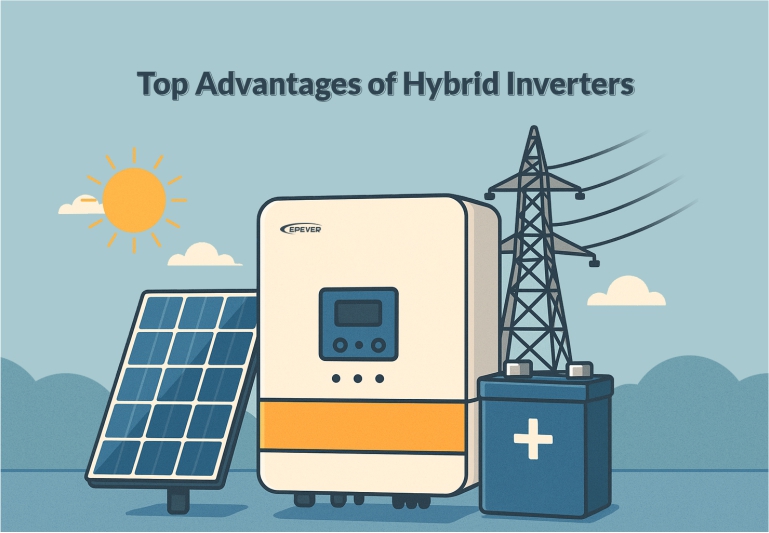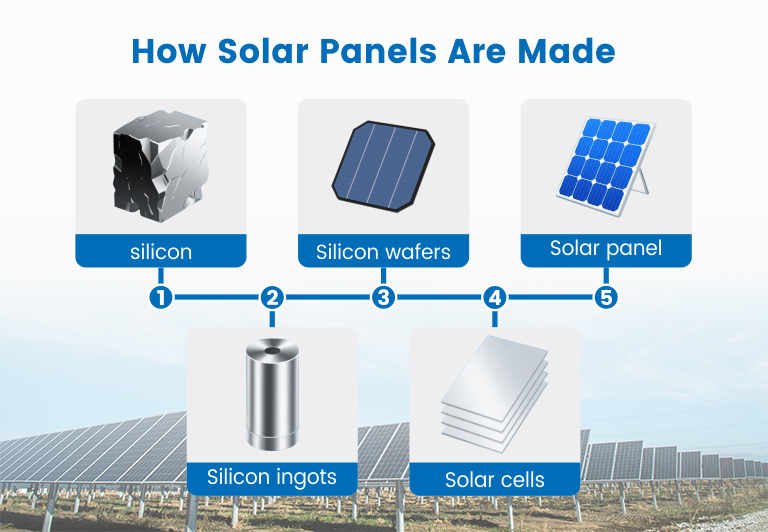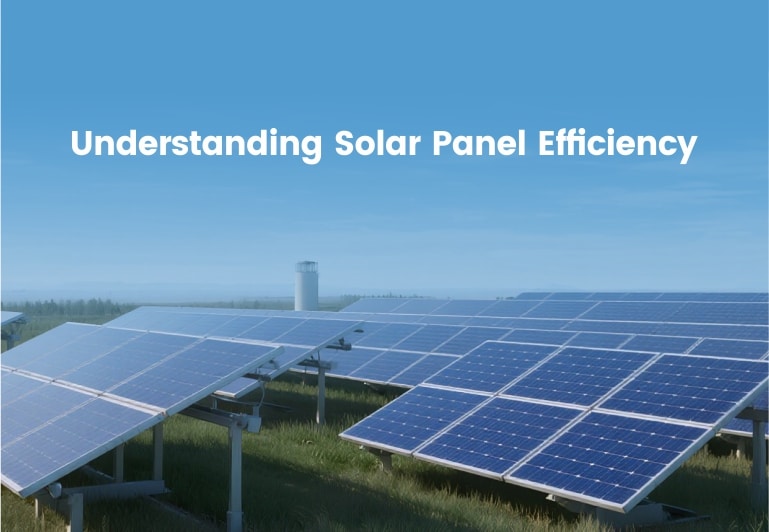Top Advantages of Hybrid Inverters: Save More, Use Smarter
- 31 July 2025
- 92 views
- No Comments
Top Advantages of Hybrid Inverters: Save More, Use Smarter
Why Hybrid Inverters Are the Smartest Energy Investment Today
As electricity costs rise and energy reliability becomes a growing concern, more homeowners and businesses are looking for better ways to power their spaces. Traditional solar systems, while helpful during the day, fall short at night or during outages—they lack storage, backup, and control.
Hybrid solar inverters offer a smarter, more flexible solution. By combining solar power conversion, battery storage, and grid interaction in one system, they give users more control over when and how energy is used.
Here’s the big advantage: depending on system size, battery capacity, and local tariff structures, hybrid systems with optimized load shifting have demonstrated bill reductions ranging from 30% to 70%—especially in markets with high TOU (Time-of-Use) rates or generous net metering programs. That level of savings typically happens when a system includes battery storage, smart energy scheduling, and access to net metering. For most users, savings in the 30–50% range are more common—but still significant.
This article highlights why hybrid inverters are becoming the smart choice for those seeking reliable, cost-effective, and future-ready solar solutions.
What Is a Hybrid Solar Inverter?
A hybrid solar inverter is the control hub of your energy system. Unlike standard inverters that only convert solar power into usable electricity, hybrid models combine three key roles: power conversion, battery management, and grid coordination.
In practice, that means your inverter can decide—moment by moment—whether to draw energy from the sun, your battery, or the grid. It keeps your system running smoothly, even when conditions change.
This level of integration reduces installation time, cuts down on wiring, and enables smarter energy scheduling—turning solar from a daytime resource into a 24/7 energy solution. And because many hybrid inverters come with mobile apps, built-in protections, and support for future expansion, they’re built not just for today—but for what comes next.
So whether you’re storing solar energy for evening use, staying online during blackouts, or just trying to lower your bills, a hybrid inverter helps you do it all—quietly, efficiently, and intelligently.
Key Advantages of Using a Hybrid Solar Inverter
So, what exactly makes hybrid inverters such a smart upgrade for solar users today? Here are the real-world advantages that set them apart.
- Reliable Backup, Exactly When You Need It
Power outages aren’t just inconvenient—they’re costly. A hybrid inverter responds in milliseconds (often <10 ms in UPS mode), instantly switching to battery power the moment the grid drops. No loud generators, no scrambling for flashlights—just seamless backup that keeps your lights, Wi-Fi, and critical appliances running. For homes and businesses in outage-prone areas, this isn’t a luxury—it’s peace of mind.
- Smarter Use of Solar—Day and Night
What good is solar if you can’t use it when you need it most? Hybrid inverters solve that. They prioritize real-time solar usage during the day and store any excess in your battery for later—say, during peak-rate hours or overnight. That means less dependence on the grid, and much lower bills. Whether you’re home during the day or not, your solar energy isn’t wasted—it’s working for you, around the clock.
- Intelligent Energy Management
Modern hybrid inverters do more than shuffle power around—they think. Many come equipped with smart load management, usage tracking, and real-time system optimization. Some models even learn from your consumption patterns and adjust accordingly. With connectivity features like WiFi, Bluetooth, RS485, or CAN, your energy data is always within reach, whether you’re tuning performance or just checking yesterday’s savings.

- Earn More Through Net Metering
If your utility allows it, hybrid inverters can turn surplus energy into real value. During sunny hours, any extra electricity your system doesn’t need can be fed back to the grid for credits—offsetting your bills when solar isn’t available. It’s not just about using less power; in the right setup, it’s about earning from the power you don’t use.
- Flexible and Scalable for Any Setup
From compact urban homes to sprawling commercial rooftops, hybrid inverters are built to adapt. Need to mount it on a garage wall? No problem. Planning to scale later with more panels or stacked battery units? That works too. These systems are designed with flexibility in mind—modular, expandable, and installation-friendly across a wide range of use cases.
- Low Maintenance, Long-Term Stability
Fewer moving parts mean fewer problems. Most hybrid inverters include robust protections—thermal safeguards, surge protection, battery management systems—that help them run quietly and consistently for years. With minimal upkeep and stable performance, they’re more “install and forget” than “tune and tinker.”
- Adds Value—Not Just Power
Energy savings are great—but hybrid inverters offer more than just lower bills. They add real-world value: improved energy independence, increased property appeal, and alignment with green building goals. Whether you’re thinking of resale, ESG targets, or just peace of mind, a well-integrated hybrid system makes your home—or business—smarter, greener, and future-ready.

Use Cases: Residential vs Commercial Applications
We’ve seen how hybrid inverters deliver smarter, more flexible energy control—but the way those advantages play out can vary significantly depending on where the system is used.
1.In Homes: Everyday Comfort and Energy Savings
For residential users, the benefits are simple yet powerful. Hybrid inverters make it easy to store excess solar energy during the day and use it at night or during peak-rate hours—cutting monthly bills and boosting self-reliance. In regions with unstable grids, seamless switchover to battery backup (<10ms) ensures uninterrupted power for essentials like lighting, Wi-Fi, and home appliances. Wall-mounted batteries and compact inverters mean the system doesn’t take up much space. And with built-in app or web monitoring, homeowners can track usage and savings in real time, all from their phone.

2. Commercial: Scale, Stability, and Smarter Load Management
Commercial applications bring a different set of priorities—scale, stability, and control. Offices, retail spaces, farms, or small factories often face higher loads and tighter uptime requirements. Here, hybrid inverters paired with stack-mounted lithium batteries offer scalable energy storage, support for three-phase loads, and intelligent load distribution across equipment.
Beyond backup, these systems can also enable grid feed-in and reduce peak demand charges—delivering both savings and operational resilience. Businesses that rely on energy for revenue (e.g. cold storage, IT, or manufacturing) stand to benefit the most.

Case in Point: How One Household Cut 50% of Their Bill
Item | Value |
Location | USA |
Electricity Rate | ~30 ¢/kWh —among the highest in the country |
Pre-Installation Bill | ~$360/month |
System Setup | 12 kW solar panels and 15–20 kWh lithium battery |
Post-Installation Approach | Daytime solar offsets usage; excess stored in battery for night and peak hours |
In modeled scenarios based on high-rate regions such as USA (where residential electricity exceeds 30¢/kWh), a 12 kW PV system paired with 15–20 kWh of lithium storage can reduce monthly utility bills by approximately 40–50%. This assumes effective load shifting, moderate self-consumption, and participation in a net metering program. Actual savings will vary based on usage patterns, inverter efficiency, and seasonal solar yield.
(Note: This is a representative model, not a real household bill. Actual savings depend on factors like rates, usage habits, solar production, and inverter performance.)
The Smarter Way Forward
As the demand for clean, stable, and cost-effective energy grows, hybrid inverters are stepping up as the intelligent core of next-generation solar systems. They don’t just convert power—they help you control it, store it, and use it on your terms.
Whether you’re a homeowner seeking energy independence or a business optimizing operations, hybrid inverters offer a flexible, future-ready path.
EPEVER’s hybrid inverters are built to do more than just convert energy — they coordinate it. Paired with our high-performance lithium batteries, they form a complete solution that grows with your needs, whether you’re powering a home, a farm, or something in between. For those rethinking how energy fits into their future, this is where the shift begins.
Hybrid Inverter FAQs
Traditional inverters convert solar DC into usable AC power for immediate consumption or grid export, but they operate without any integrated storage interface. Hybrid inverters, by contrast, incorporate both battery connectivity and energy management logic—allowing for real-time power routing between PV, battery, grid, and loads. That means they can store excess energy for later use, provide backup during outages, and manage where energy flows—all in one unit.
Most modern hybrid inverters are compatible with lithium-ion batteries, especially LiFePO₄ (Lithium Iron Phosphate), which are known for safety, long lifespan, and deep-cycle performance. Some models also support lead-acid batteries, but lithium is recommended for best results.
Yes. Most hybrid inverters are designed for modular expansion—supporting additional PV strings or battery modules through parallel connection or daisy-chaining. Some models offer stackable battery systems with integrated BMS, while others require external communication protocols (e.g., CAN, RS485) to ensure synchronized operation. It’s recommended to verify expansion limits per model and system design.
Yes, many hybrid inverters—especially commercial-grade models—support three-phase applications. If you’re powering a business or facility with higher voltage needs, make sure to choose a compatible split-phase or three-phase model.




